Here’s what I do.
Gather a few handfuls of spruce tips and chop finely.
Once you’ve chopped your spruce tips up, add them to a blender or food processor with a good quality oil (I used EVOO). Salt and pepper to taste, maybe some garlic if you like, though I didn’t use any. Next, add a splash of good quality vinegar. I used some dandelion infused, organic apple cider vinegar and included a couple of spoonfuls of the dandelion flowers.
But hurry. Most of the spruce tips around here are already too mature and tough to harvest and the window is quickly closing on the ones that are still at the right stage. Don’t worry if you miss them this year though. They’ll be back again next spring and I’m already looking forward to it!

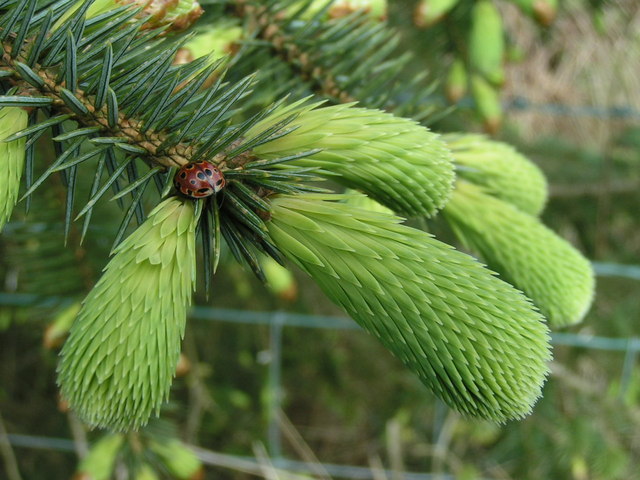
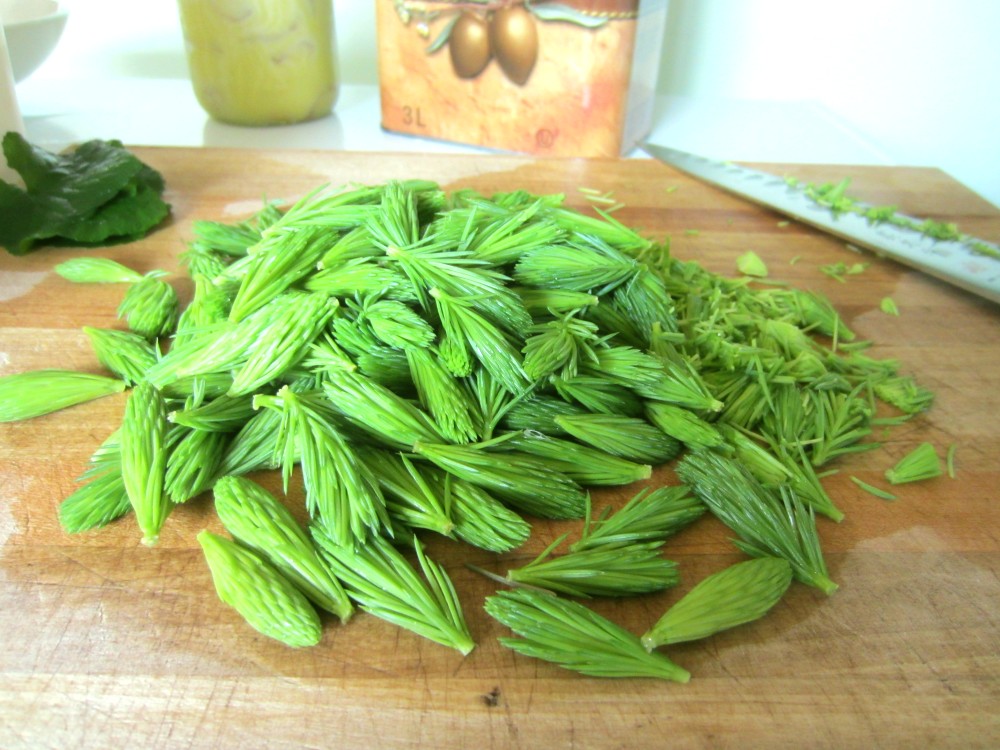
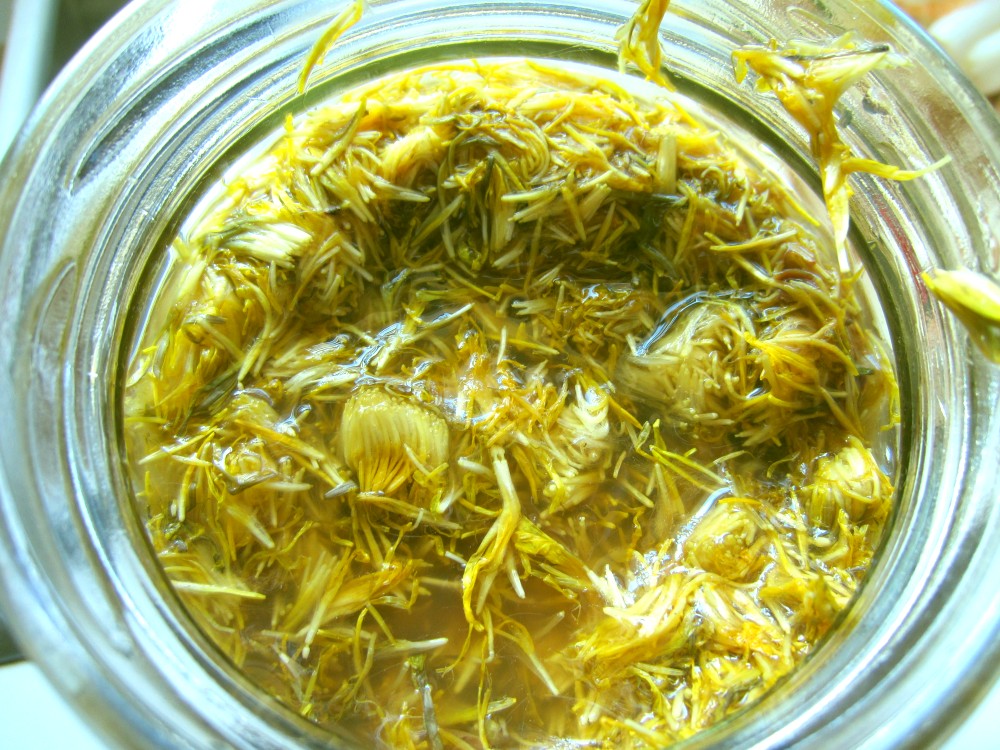

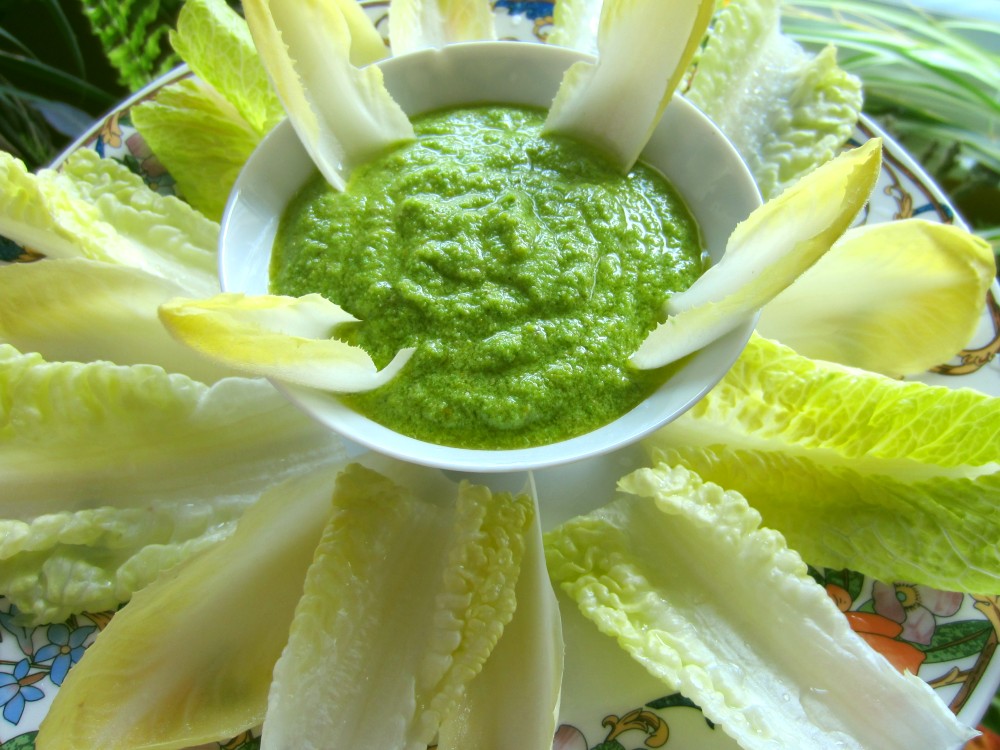
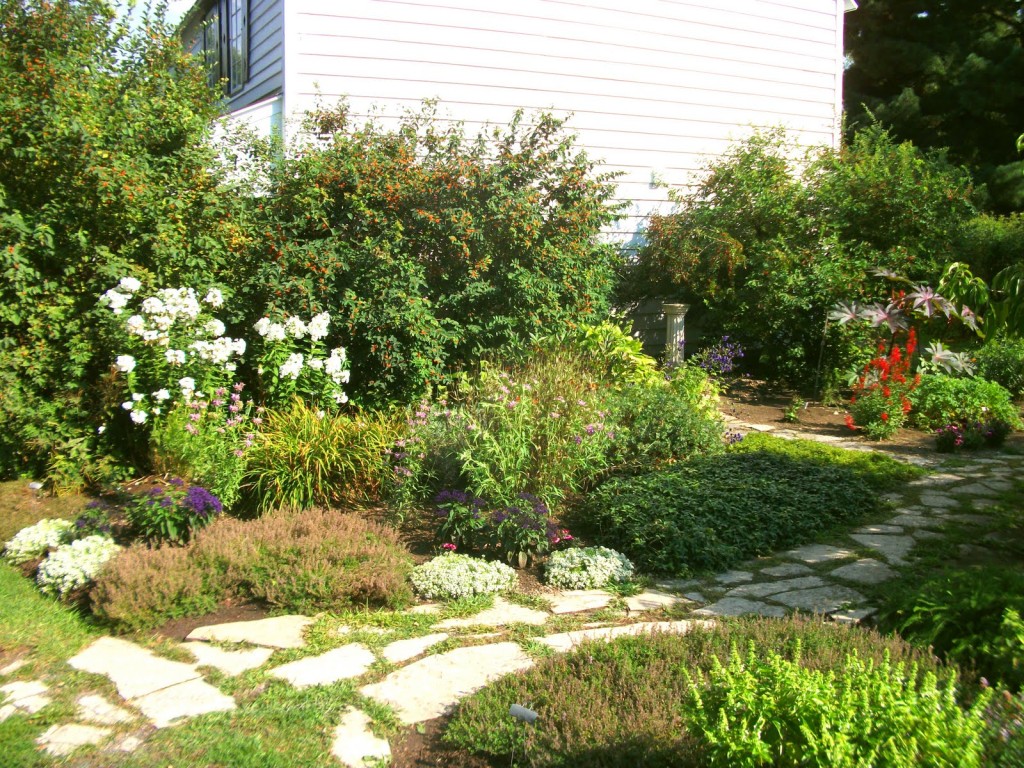

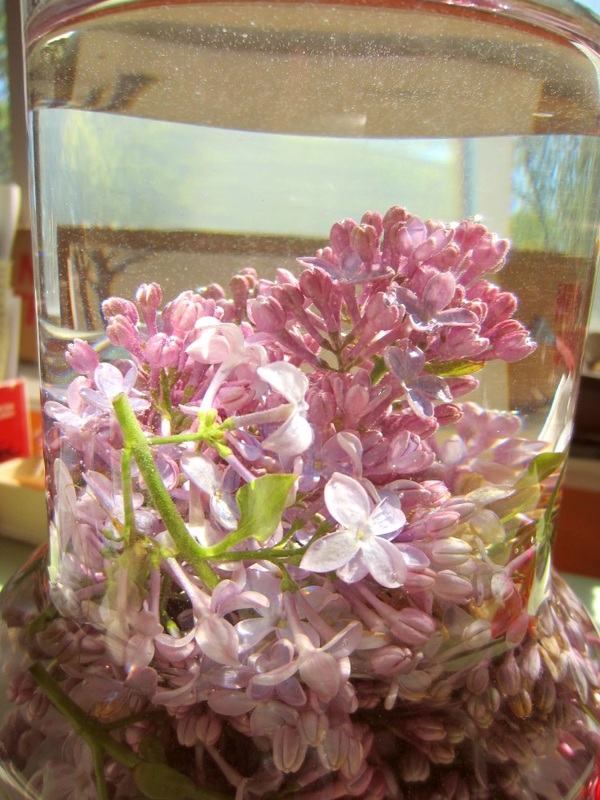
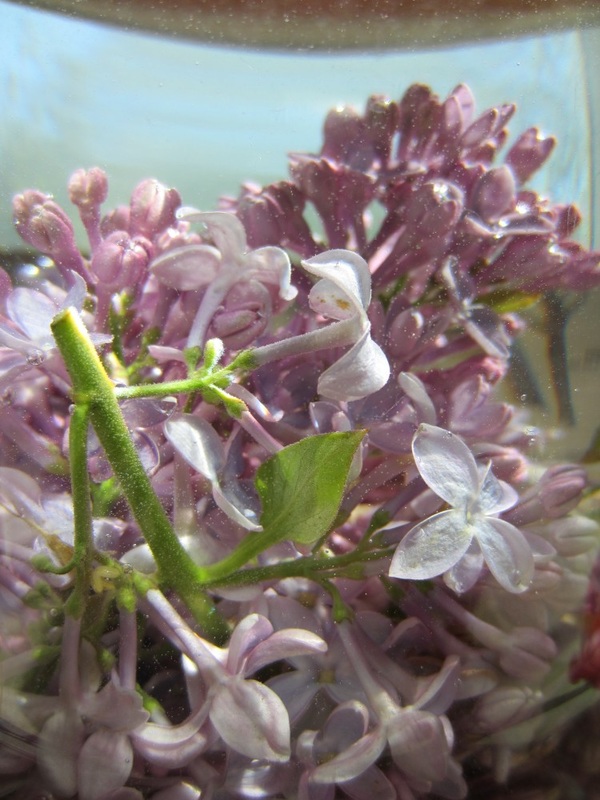
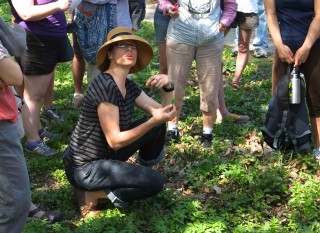
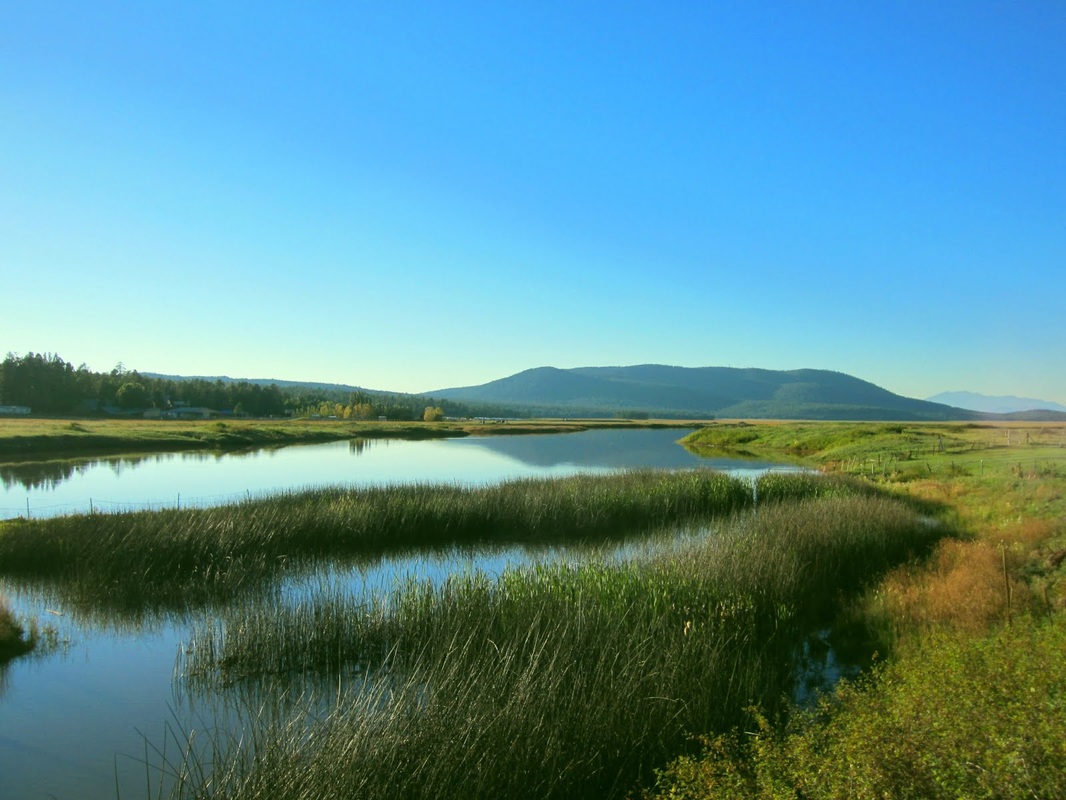
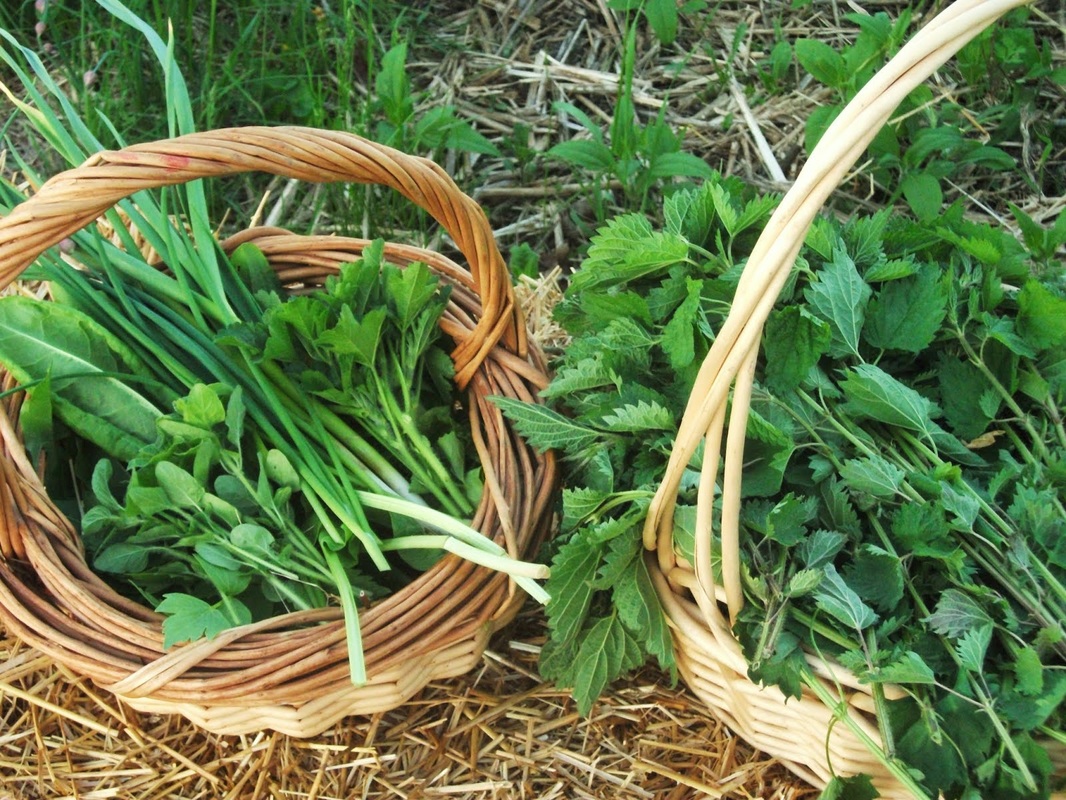
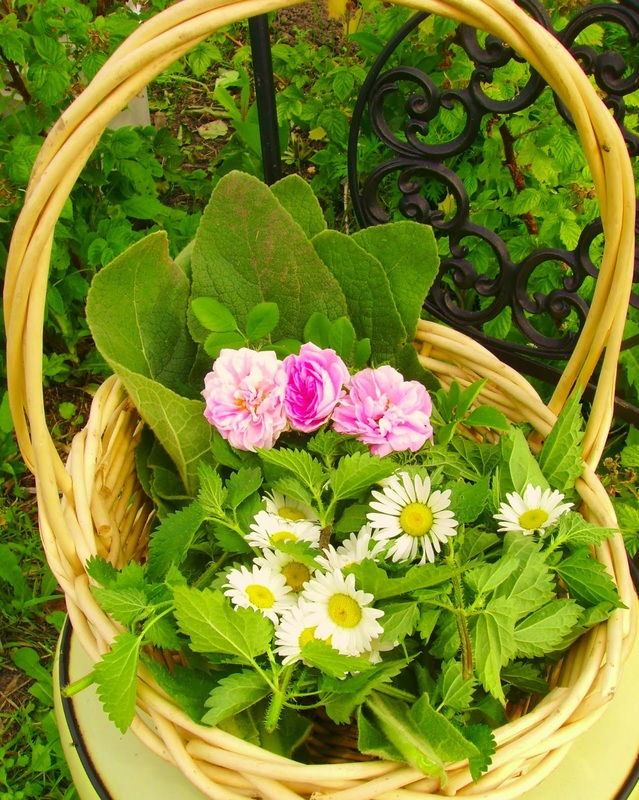
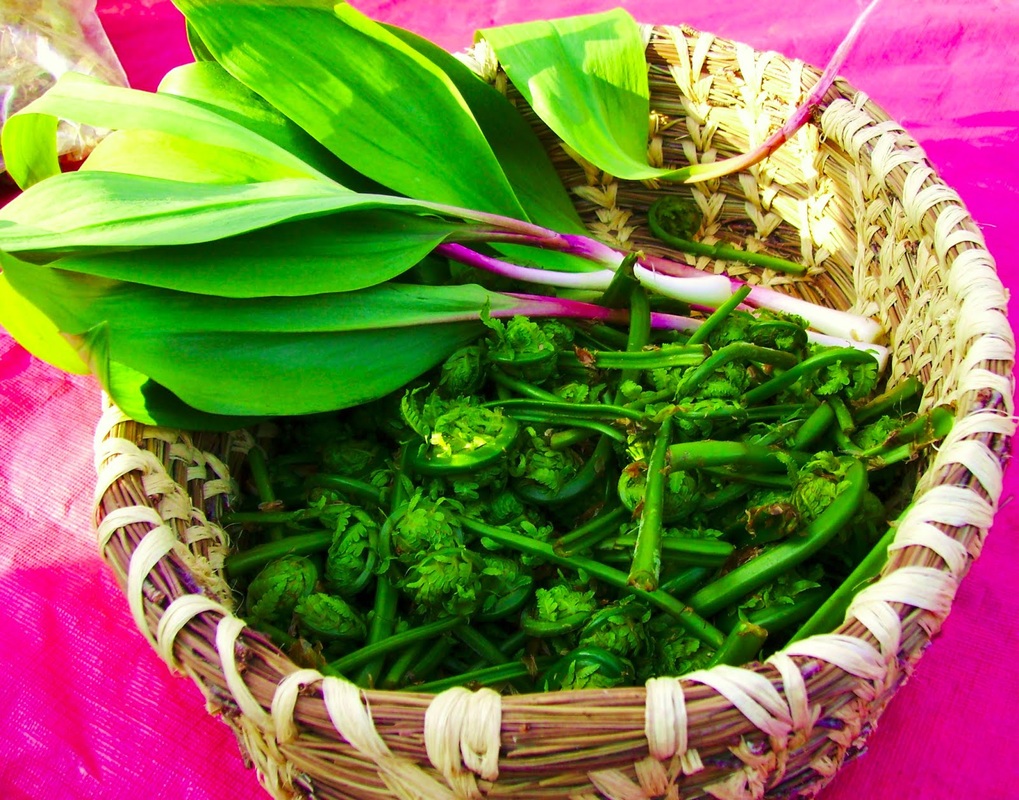
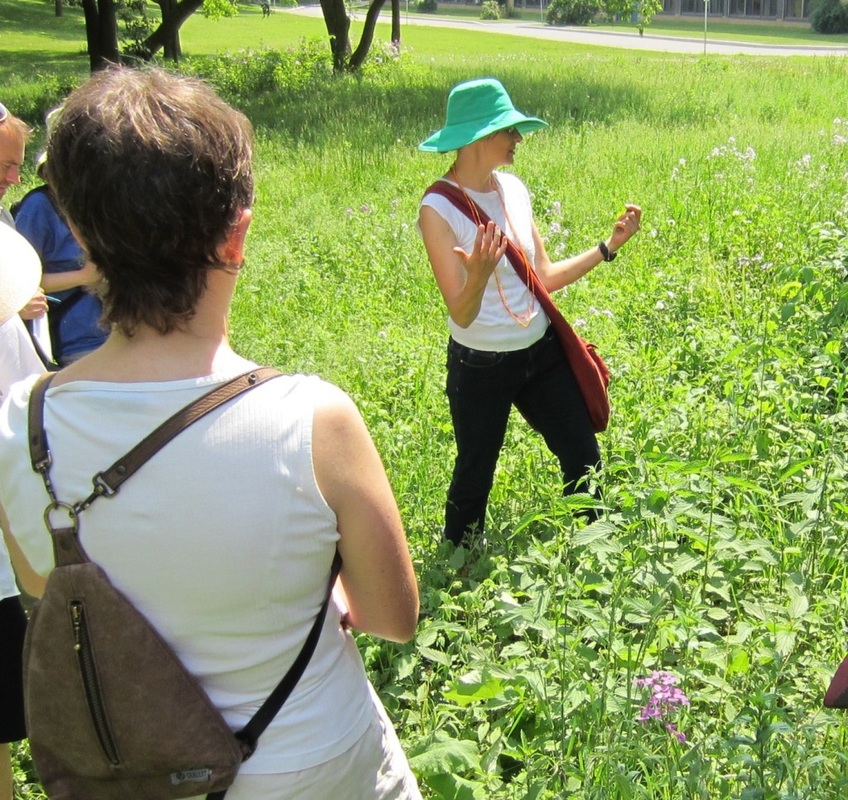
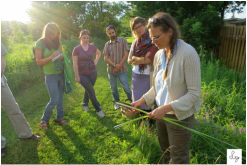
 RSS Feed
RSS Feed